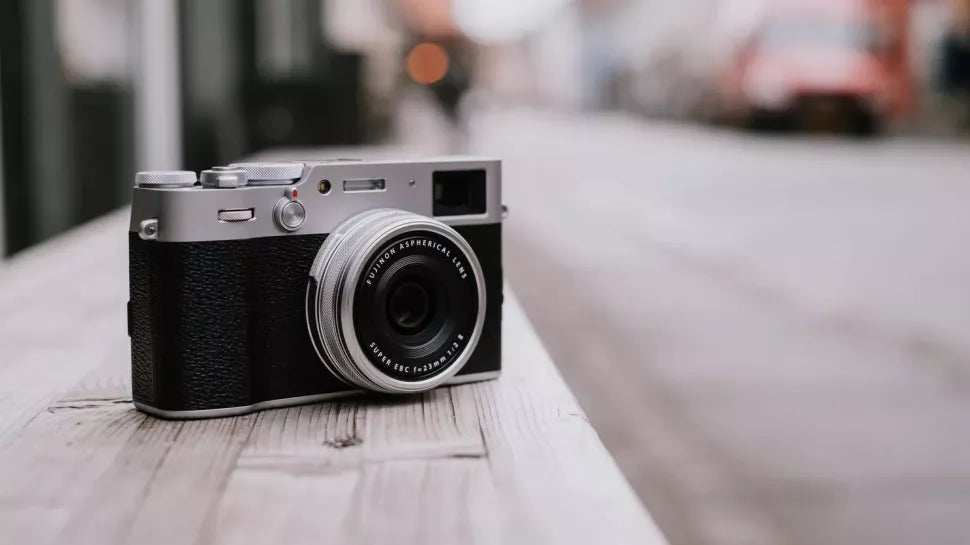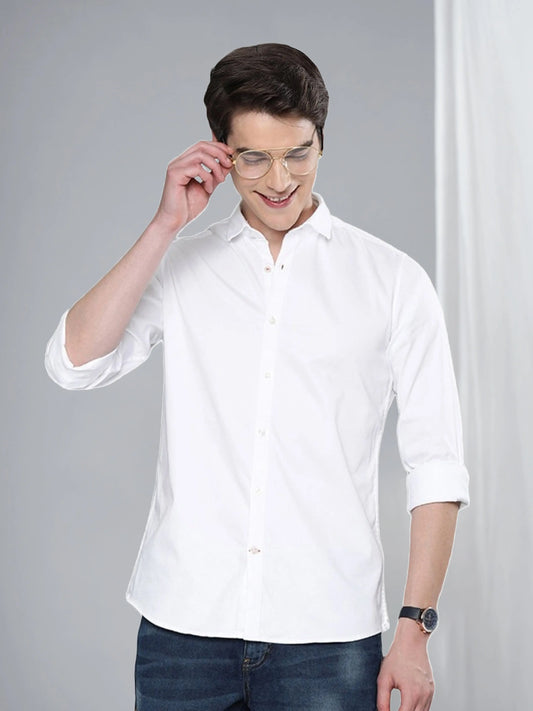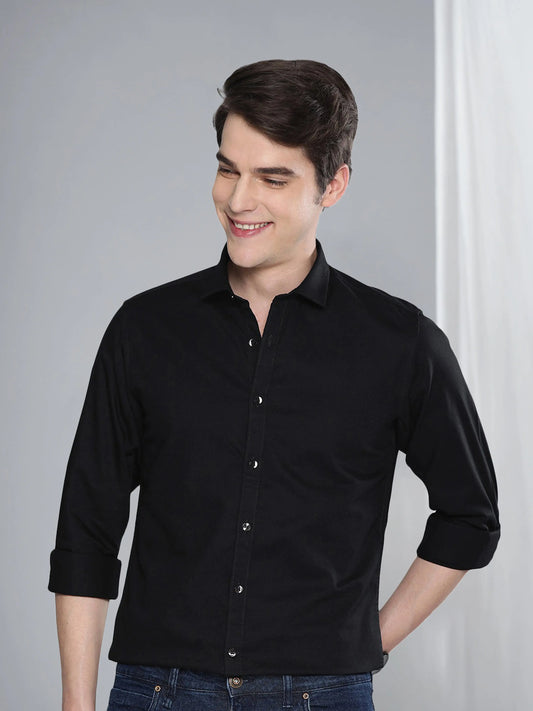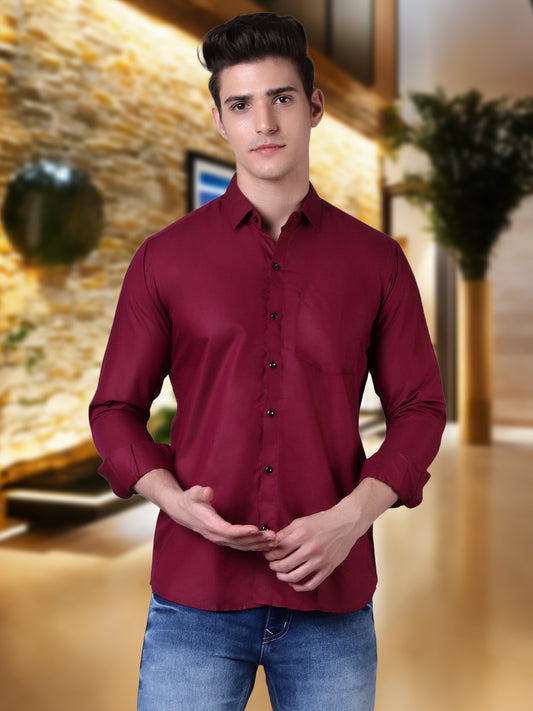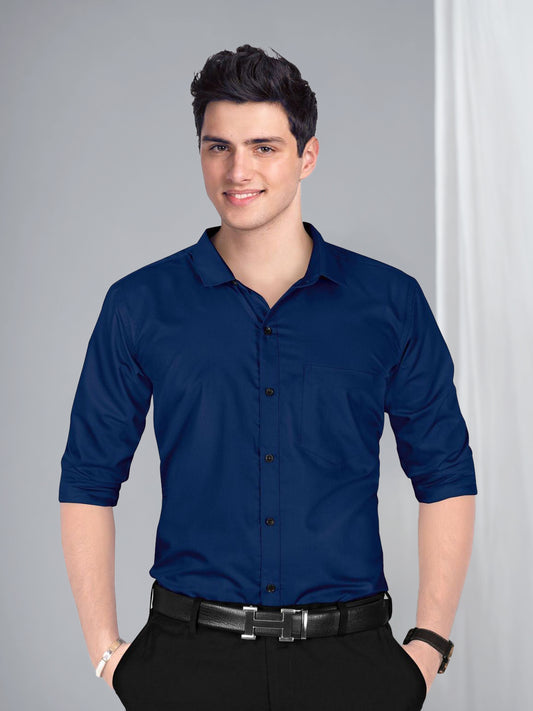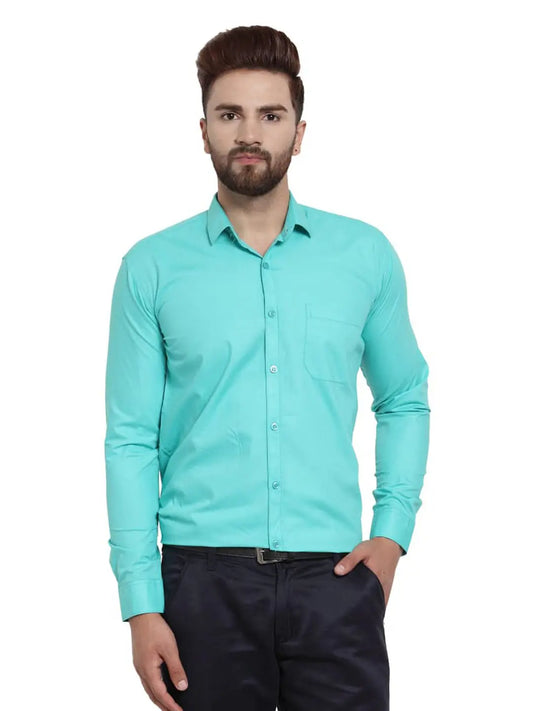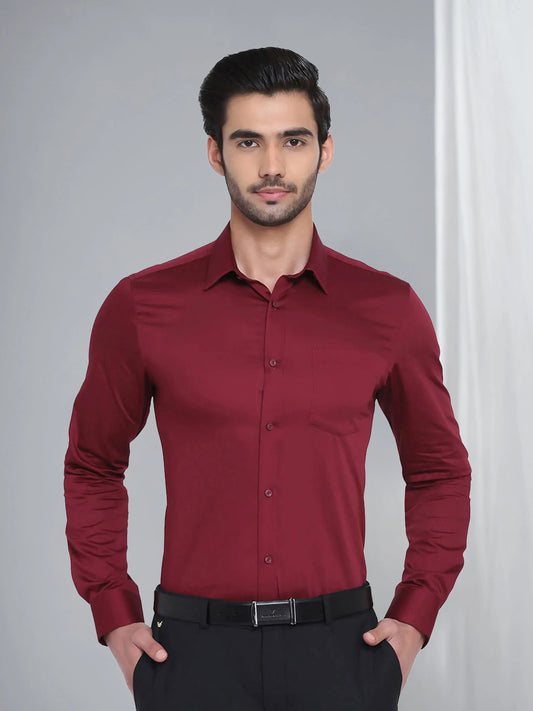The best point-and-shoot cameras are the best choice for those who a blend of simplicity and quality. Unlike DSLRs and mirrorless cameras, point-and-shoots don't require you to fiddle about changing lenses – the fixed lens on the camera is the only one you're getting. But they also offer a significant image quality and handling upgrade compared to a smartphone.
The term "point-and-shoot" used to refer to cameras that offered no settings control – that would, literally, only allow you to point and shoot. These days, the term is a bit looser, and point-and-shoot cameras generally offer about the same level of settings control as an interchangeable-lens camera.
However, the spirit of a point-and-shoot is in straightforward, fun, knockabout shooting, and that is present and correct in the cameras we've selected for this list. These are versatile cameras for those who want to take pictures and not sweat the details too much. That's not to say they are overly simplistic – some of these cameras are really quite powerful – but all of them offer that pure, knockabout shooting experience that encompasses the spirit of point-and-shoot. For more choices, we also have a guide to the best compact cameras, and if you want a real retro experience, check out the best film cameras for beginners.
A lot of the cameras on this list are ones that have been tested by our team. We've put them through their paces in real-world shooting scenarios to assess how they perform, and used our findings to inform our comments for each entry in this guide. You can read more about how we test products at Creative Bloq.
For a broader set of options, we also have a guide to the best cameras overall, including advanced options for pros and enthusiasts. We also have a guide to the best cameras for beginners, as well as the best memory cards, which you’ll need once you’ve picked your camera.
The best point-and-shoot cameras available now

In our full review of the Panasonic Lumix ZS200 (also known as the TZ200 outside of the US), we praised it as one of the smartest buys you can make if you're looking for a good travel zoom camera. This, for our money, makes it the best choice of point-and-shoot camera, as it delivers supreme flexibility and excellent image quality, all in a body that's small enough to carry anywhere with you.
With a 1-inch sensor, the Lumix TZ200 delivers excellent images, with plenty of detail and impressive dynamic range. Meanwhile, the 24-360mm equivalent lens is impressively sharp throughout its zoom range – though be aware that at the full telephoto extension, its maximum aperture drops down to f/6.4, which restricts you a little in low light. A bigger aperture would have necessitated a bigger camera, so we understand why Panasonic made the trade-off, but all the same, it's something to be aware of.
The Lumix TZ200 is great for video too, as we noted in our review. The 4K quality is good across the board, as is standard for Panasonic cameras, and it also offers a number of interesting shooting modes. There's 4K Photo, which extracts a high-quality still from 4K footage, effectively giving you a 30fps burst mode. And then there's the more out-there stuff like Post Focus, which quickly fires a series of shots across an image's focal plane, allowing you to choose the focusing point after you've captured the shot.
See our full Panasonic Lumix ZS200 review for more details.

The Olympus Tough TG-6 is more than just a point-and-shoot. It's a type of camera known as a "tough compact", meaning it's waterproof, shockproof, freezeproof –and more. It's designed to keep on kicking in pretty much any shooting scenario, much like a GoPro, but with more of a traditionally camera-shaped design.
In our full review, we found that the TG-6 is still pretty much the best tough compact you can buy. Its optical zoom lens puts it ahead of many other similarly specced cameras – and is also something GoPros don't have – with a 25-100mm equivalent range that is excellent for a wide range of subjects and perspectives. We also appreciated that fact that it goes to a generous maximum aperture of f/2, which opens up options in low-light. Great if you plan to keep shooting well into the evening.
The thing to be aware of – and this is a consistent issue across tough compacts and action cameras – is the fact that the TG-6 uses a relatively small sensor. Its 1/2.3-inch type sensor is about the same size as you get in most smartphones, so you're not going to see a huge upgrade in image quality and dynamic range compared to your phone.
See our in-depth Olympus Tough TG-6 review where we get into more detail.

This is the premium choice for point-and-shoot cameras, and what a choice it is. The Fujifilm X100V, as we said plainly in our review, is arguably a perfect camera int he sense that it achieves exactly what it's setting out to do. The combination of an APS-C sensor and a fixed 35mm equivalent lens has gone through five iterations essentially unchanged since the original X100 debuted in 2010, and it has remained enduringly popular. This is a fantastic camera for street photography and everyday shooting.
Another strength of Fujifilm X cameras, as we mentioned in our review, is how great the images look straight out of camera. If you aren't someone who like spending a lot of time editing images in software, then the vivid, crisp JPEGs of a Fujifilm X-Trans sensor may well appeal to you.
True, it doesn't have a zoom lens, but this is something you know going in – if you want a zoom lens, don't buy this camera. The trade-off of sharpness of the prime lens is well worth it in our view. So really, the only major strike against the X100V is its price, and it is considerably, costing more than any other camera on this list. In our view, the premium design and superb engineering of this camera make it more than worth the price tag, if you can afford it.
Read more details in our full Fujifilm X100V review.

Panasonic's TZ range of travel-friendly superzooms has been hugely popular with roaming photographers for a long time, and the Lumix TZ200 (also known as ZS200 in the USA) offers a leap forward in zoom capability. Panasonic has somehow managed to fit a 24-360mm equivalent onto a tiny body, giving this camera incredible reach.
The one-inch sensor gives it real flexibility in all sorts of lighting conditions, making for a camera that's brilliantly versatile but uncomplicated and can still fit in a pocket. Whether you want to take simple reference photos for a creative project or high-quality prints to incorporate into your work: this is a solid choice.

The Canon PowerShot SX740 HS is a really impressive superzoom camera – even though it’s slim and compact, it offers a whopping zoom range of 24-960mm equivalent. That’s some serious zooming power, and once that smartphones can’t hope to get anywhere near.
It’s got loads of great photography features too, like its ability to burst-shoot at 6fps, which is great for capturing the kind of wildlife that the zoom lens will allow you to catch a glimpse of. Having a flip-out screen is handy too, especially for video, which on the SX740 HS is stabilised for smoother shots. Autofocus is snappy and responsive.
The only real downside is the sensor, which is a small 1/2.3-inch type. This hurts the image quality and the dynamic range of the camera, and this paired with the f/3.3 maximum aperture means you’ll definitely struggle in low light. If night shots are a big part of your repertoire, look elsewhere – otherwise, this is a highly capable compact camera and a terrific point-and-shoot.

We may be stretching the definition of a point-and-shoot camera a little here, but stretching is the name of the game with the Nikon P950. Its enormous lens puts your zoom potential further than pretty much any other camera out there, on a par in focal length terms with the kind of super-telephotos that run up four-figure price tags. But it would be remiss to over-simplify this bridge camera, which is aimed at intermediate users. A compact all-in-one, we could call it, and it may be the only camera you’ll need thanks to the aforementioned huge 83x optical zoom with dual optical vibration reduction built into a focal length equivalent to 24-2000mm in 35mm film terms.
As well as a respectable f/2.8 maximum aperture, the camera can also shoot 4K video, and it supports the capture of Raw files, which makes it a solid option for enthusiasts who are after a big lens backup camera as well as those looking for a family camera that ticks all the boxes. You can see more Nikons in our guide to the best Nikon camera.

Like the Nikon P950, the Panasonic Lumix FZ1000 II boasts a big, powerful zoom. However, it's arguably a much more sensible camera, more concerned with overall quality and usefulness than it is grabbing headlines for "biggest zoom EVER". The capable zoom lens covers an equivalent range of 16mm to 400mm, which is a lot by any standards, and it's a high-quality Leica DC Vario-Elmarit optic. It's not as sharp as something you'd find on a real high-end compact camera like the Sony RX10 IV, but that's why this camera costs significantly less.
With a 1-inch sensor, the Lumix FZ1000 II outstrips the P950 in terms of image quality, and its handling is great too. Having a vari-angle LCD makes you super-versatile, especially for video, and the high-quality electronic viewfinder is a welcome addition. We could gripe at the lack of weather-sealing, which is an unfortunate omission on a camera that's otherwise so well-suited to outdoor exploring. A bit of dust- and splash-protection really wouldn't have gone amiss. But otherwise, this is a highly capable point-and-shoot that offers tremendous value for money.

A good point-and-shoot camera should be easy to use, versatile, and, ideally, you should be able to put it in a pocket. The Canon PowerShot G5 X Mark II ticks all of those boxes and more. It has a 24-105mm lens, which gives us a very generous zoom range to play with, while its 20MP one -inch sensor produces images that look fantastic, particularly in RAW mode. You can also burst-shoot in RAW mode at a mighty impressive 30fps.
This camera also boasts 4K video, a tilting touchscreen, and even finds room for an electronic viewfinder for those who prefer to compose images the classic way. The only disadvantage is that all this tech drags a little on the battery, which is CIPA-rated for about 230 shots before a recharge. We'd recommend packing a spare.

The Ricoh GR III represented an impressive comeback from Ricoh, and it was highly anticipated by photographers of all disciplines. It's a brilliant fixed-focal-length APS-C compact that can rival arguably the leader of this type of compact, the Fujifilm X100V which was featured further up our list. The APS-C sensor delivers fantastically crisp results whether shooting 24MP images or Full HD video, and the redesigned 28mm lens produces images that are sharp from corner to corner.
The battery life could be better, lasting only around 150 shots per charge – not really enough for a camera that was only released in 2019. The lack of 4K video is also a shame, and you should look elsewhere if that's important for what you need. But as pocketable compact for still shooters, the Ricoh GR III excels in all other categories.
Update: If you like the sound of the Ricoh GR III but feel a 28mm equivalent lens is a little wide, then Ricoh has announced a companion camera in the form of the Ricoh GR IIIx. It's essentially the same deal on the inside, with the crucial difference that it has a 40mm equivalent lens rather than a 28mm. This narrower perspective is good for a more naturalistic feel, ideal if you're looking to shoot street or documentary images.

Though it puts most of its money and resources into its mirrorless range these days, Canon still offers a fair few high-quality compacts in its PowerShot range. We especially recommend the PowerShot G9 X Mark II, which is ideally sized for a point-and-shoot camera, and is easy to always have on your person to be ready to shoot at a moment’s notice.
The 1-inch sensor provides a notable upgrade on quality compared to a smartphone – the other camera you have on you at all times – and this plus a 28-84mm optical zoom lens plus the ability to burst-shoot at 8.1fps plus intuitive touchscreen focusing makes the G9 X Mark II a seriously tempting package.
In use, we got a lot out of the G9 X Mark II. As well as the aforementioned fast burst rate, we also appreciated that the buffer had been improved to 21 shots, which is more than enough for a solid burst of action. The main drawback to this camera is unfortunately the battery life, which is CIPA-rated to a fairly meagre 235 shots. Using the ‘eco’ mode can help squeeze a few more out of it, but it’s still worth budgeting for a spare battery or power bank (see our guide to the best power banks).
What to consider when buying point and shoot cameras
Point-and-shoot cameras offer different features for different needs. If you're planning to shoot in low light, there are full-frame point-and-shoots with generously sized sensors. If you want plenty of scope for distant subjects, you can pick up one of the many point-and-shoot superzooms. There are also plenty of models with waterproofing and tough casing for those who want a camera for more adventurous pursuits.
You might want a camera for Instagram, for taking photos to showcase professional projects, or just for travel. In each case, a point-and-shoot camera can work wonders, but this can make it tricky to know what to prioritise. Some users might want the longest zoom they can get for shooting distant subjects, while others might want to squeeze as much image quality as possible out of this small package, in which case a larger sensor is the way to go.
The best point-and-shoot camera for you will also depend on your expectations and your budget. As a general rule, cameras with one-inch, APS-C and full-frame sensors offer many advantages over those with smaller sensors, most notably when it comes to shooting in low light. Prime lenses can also offer great advantages over zooms in terms of image quality.
You should also look out for cameras with tilting LCD screens if you want to get creative, as well as viewfinders if you tend to shoot outdoors with any frequency. Note that a long zoom is great for holidays and travelling, but this tends to be accompanied by a narrower maximum aperture range, which can make the camera harder to use in low light and when looking to create a shallow depth of field.
What defines a point-and-shoot camera?
'Point-and-shoot' is not an official camera designation the way terms like 'DSLR' or 'mirrorless' are. With that said, the term does have a generally accepted meaning in the photographic community: it's a camera with a fixed-lens that's easy to pick up and use. A fixed-lens camera is also known as a compact; all point-and-shoots are compacts, but not all compacts are point-and-shoots, as some are quite advanced (not to mention expensive) and designed for serious photographers.
Which point-and-shoot camera has the best zoom?
If you're looking for zoom length and nothing else, then we'd recommend taking a look at superzoom compacts like the Nikon P950. These cameras have incredible optical zoom lenses, which pair with digital zoom technology to give you unbelievable optical reach. This makes them pretty bulky, but their power to close distance is unmatched at their price point.
Which point-and-shoot camera is best in low light?
While point-and-shoots aren't known for their low-light qualities, some careful selection can lead you to a great camera. The things you want to look out for are a decent sized sensor (ideally APS-C, though Four Thirds will do), good high-ISO performance, and a large maximum aperture on the lens – remember, you won't be able to change it. Based on these criteria, from the list above we'd recommend looking at the Panasonic LX100 II, which has a real advantage in the form of its f/1.7 lens, as well as a decent-size sensor. See our guide to the best low-light cameras for more.
Which point-and-shoot camera has the longest zoom?
Currently, the answer is the Nikon Coolpix P1000. This mighty camera manages an incredible zoom range of 24-3000mm, which is a 125x optical zoom. That is, to put it succinctly, absolutely bonkers. We have a camera from the same family on our list above, the Nikon P950, which boasts a still-impressive 83x optical zoom running from 24-2000mm. We picked the P950 as it's a newer camera and we feel it offers a better overall package, with a lighter build and lower price tag, and a zoom that's still enough for almost all purposes. Still, if you need the longest zoom, the Coolpix P1000 has it.
Why should you buy a point-and-shoot camera?
The two main advantages of point-and-shoot cameras are convenience and portability. Point-and-shoots are easy to use, they tend to be light, and they have everything you need to start taking pictures from the moment you open the box. They also tend to be much more affordable than buying the equivalent camera and lens combination would be in a DSLR or mirrorless system.
So why doesn't everyone use point-and-shoots? Well, having a fixed lens does hamper your versatility; you'll never be able to exceed the stated focal range in either direction, meaning you can't go zoom further in or out than the camera was meant to. They also tend to have smaller sensors than interchangeable-lens cameras, which can have an effect on the dynamic range of images, and the camera's low-light performance.
If you need a decent, affordable camera with some nifty features, and not the best technology in class, then a point-and-shoot is the way to go.

